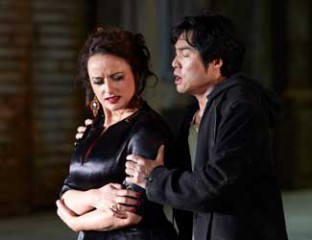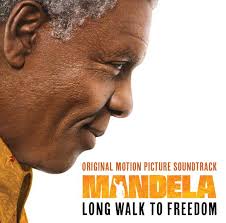Concert Review: Janáček And Brahms/ Sydney Youth Orchestras

Sydney Youth Orchestras
Janáček and Brahms
Verbrugghen Hall, Sydney Conservatorium of Music
24 March, 2019
The Verbrugghen Hall at the Sydney Conservatorium of Music resounded with the cacophony of 70 young orchestral players of the Sydney Youth Orchestra Philharmonic, rehearsing their parts at full volume, playing fast as they could, before being tamed by the baton of Brian Buggy OAM, in a performance of the Overture to Verdi’s opera La Forza del Destino opening their autumn programme Janáček and Brahms.
If orchestral players were drivers, this cohort would bear red ‘P’ plates, as the “second most senior ensemble” within the organisation. Led by Olivia Kowalik. it is a full symphony orchestra. The Overture to Verdi’s opera La Forza del Destino is full of promise, with themes from the opera, yet is a worthy piece on its own merits, full of drama, pathos, lyricism and a sense of doom. The young players gave an exciting account, taken at a gentle pace, skilfully expressing the varied moods of Verdi’s themes. The brass sections delivered their declamatory warning with their chords in E, followed by the strings playing their rising motif with a sense of urgency, leading to a tranquil statement of the famous theme by the flute, clarinet and oboe, first in unison, then in sequence. The harp and pizzicato strings created moments of great lucence before the full ensemble gathered momentum to a breathtaking climax.
The Sydney Youth Orchestra, led by Marcus Michelsen settled on stage, bearing a slightly more sedate manner – the green “P” platers, described as “the most senior players…the training ground for Australia’s future professional musicians.” Conducted by Alexander Briger AO, this orchestra of 70 emerging orchestral players performed Leoš Janáček’s Taras Bulba, Rhapsody for Orchestra, also a piece of many moods, telling a tale of intense drama. Based on a story by Gogol, this is considered to be Janáček’s first major orchestral work although he completed it the day before he turned 61 in 1918. Set in sixteenth-century Ukraine, which was then under the rule of Poland, Taras Bulba is an aging Cossack who goes into battle with his two sons Andrei and Ostap. The three episodes which Janáček selected to orchestrate, sadly tell of the brutal deaths of each of the warriors, interwoven with the love of Andrei for a Polish woman, the capture, and torture and execution of Ostap by Polish forces, who also execute Taras Bulba at the stake.
This is an expansive piece and an excellent choice for the orchestra, giving many individual musicians and their sections, the opportunity to shine. Organ, percussion and wind instruments, a rhapsodic violin solo from Marcus Michelsen, rich sounding strings and majestic brass, amply told the tale of conflicting emotions, battle, love and death, elaborated by Moravian and Polish folk elements.
Finally, Brahms’ Symphony No 3, which Alexander Briger conducted from memory. A beautiful and subdued work, it is at its most lyrical when played with a degree of restraint, its four movements ending quietly. The orchestra played with an appealing freshness and reverence. All credit to the clarinet soloist in the Andante, the cello section’s enunciations of the achingly beautiful theme of the third movement and its exquisite rendition from the first horn.
This was an appealing programme that entertained the audience, engaged and extended the players who performed with verve, technical skill and an understanding of what they were playing. Bravi!
Shamistha de Soysa for SoundsLikeSydney©





